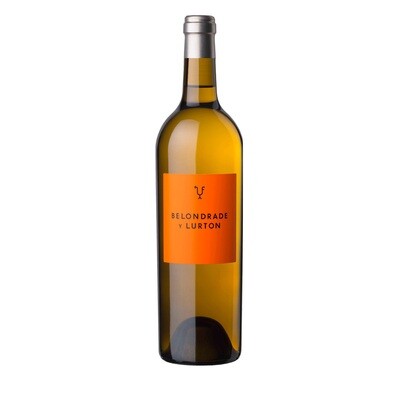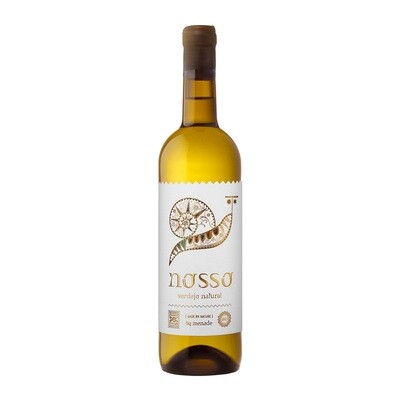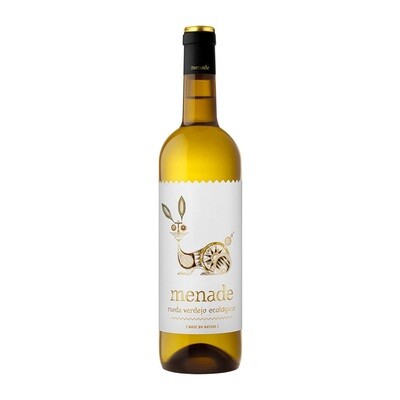
Menade La Mission 2022
Winery: Bodegas Menade
Country / Region: Spain / Vino de la Tierra Castilla y León
Date Winery was established: 2003
Grape Variety: Verdejo 100% (Pre-philoxera, Organic certified)
Alcohol Content / Volume: 13.5% / 750ml
Year the vintage was first released: 2005
Ratings: 92pts. Tim Atkin
Decanting Time: No needed. Just open bottle and let it breath for 15 minutes. Serve at 10 to 12°C.
Our suggestion for decanting time is based on bottles we tried at Txanton over 2024. We guarantee Txanton stocks are imported and maintained on a proper storage with right temperature and humidity.
Good to know: Menade La Mission is made from 140 years old pre-philoxera vines of Verdejo. Organic certified. Only 9,000 bottles are produced in a year. Grapes are picked up by hand with an extremely low yield, approximately 7hl/ha(=1,000kg/ha). It is fermented with wild yeasts in stainless steel and aged for 8-10 months in a mix of 2nd and 3rd year French oak barrels(250L), two Burgundy new barrels of 5000L and three amphoras made with clay that come from vineyards. Wine is developed for a minimum of 2 years in the bottle. Bright golden-yellow color, citrus notes are harmonized with a complex aroma which is reminiscent of a bouquet garni; thyme, bay leaf and cardamom... pronounced! Wine is dry but fruit ripeness and concentration makes a sweet sensation in the mouth. A lot of flavors and lean minerality show up in turns. Silent but full-bodied.
Bodegas Menade is located near the banks of the river Duero in Rueda. It was founded in 2005 by the Sanz siblings, sixth generation of winegrowers and producers who focuses on making environmentally-friendly wines from Verdejo.
Vineyards are located over 700 meter above sea level, aiming to protect environment and keep biodiversity of the land. Viticulture without coppers nor sulfur is very difficult but the Sanz brothers always keep attention to make it comes true. Ozone is also used during the growing cycle as a natural disinfectant against fungus and bacteria. They even pioneered so-called “mobile trees” which are transported all around the vines to attract insects and birds that live in the vineyards and help to pollinate.



